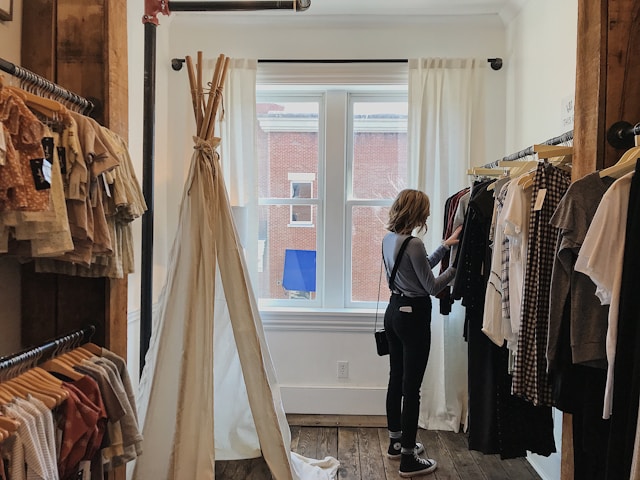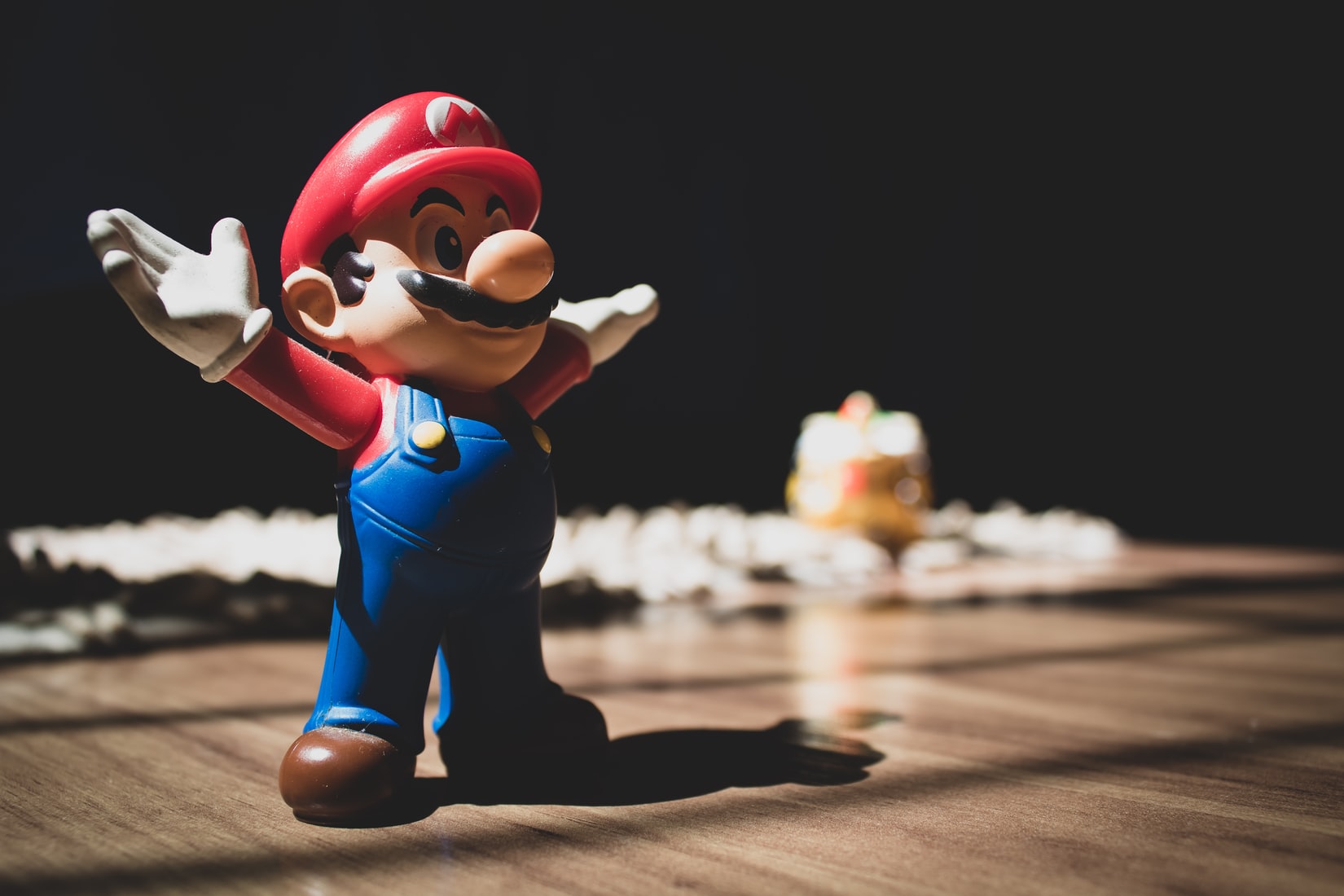UX design and graphic design are incredibly important facets of the product development process. Combined, the two make up the visual content and the quality of the user experience of a digital product. In today’s guide, we shall explore distinctions between UX design vs graphic design.
We’ll also reveal the roles, responsibilities, and salaries of a typical UX designer and graphic designer. When you’ve finished reading, you’ll know how UX and graphic design combine to create a complete interaction/digital experience.
Expectedly, there is some overlap when it comes to the implementation of graphical elements and user experience design. However, there are also some major differences that every designer should know about.
By understanding those differences, you can understand how both roles shape the UX design process. What’s more, you can also determine which role suits you best if you’ve taken an interest in product design.
What Is UX Design?
UX design stands at the prow of human-computer interaction by combining market research, user research, and UX design principles.
The goal of UX design is simple—to create accessible, intuitive, and enjoyable digital experiences for real users. Achieving that goal, however, isn’t as straightforward. UX designers must focus their efforts on optimizing aspects of a product, like branding, usability, and user-centricity.
In order to optimize those aspects—especially user-centricity—a UX designer must empathize with their users. By understanding their target user’s needs, goals, desires, motivations, and pain points, UX designers can make well-informed design decisions.
We’ll explore a UX designer’s role in more depth shortly. For now, it’s time to focus our attention on the other side of the UX vs graphic design debate.
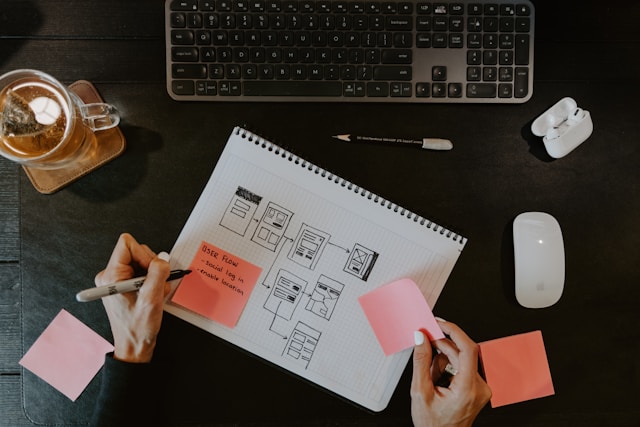
What Is Graphic Design?
Naturally, the next question to ask is, ‘What is graphic design?’
At the surface level, graphic design is a form of computer-aided design (the use of computers to create a design). However, it is also so much more.
Graphic design is the art and practice of composing and arranging the visual and textual content of a design project. Graphic designers focus their innovative prowess on creating a navigable visual hierarchy and page layout using static visual elements. These static visual elements typically include typographic techniques, color theory, and images.
Visual designers who specialize in UX design must also justify their design decisions with empathy-driven logic. Every technique or occupied space on the page’s layout must, in some way, optimize the user’s experience with the product. Above all, a graphic designer will ensure that users can rely on their intuition to navigate a user interface effortlessly.
Given a graphic designer’s heavy focus on visual design, graphic design is often mistaken for UI design. Although UI design also aims to enhance the user’s experience, it is not the same as graphic design.
The key difference between the two is that UI designers focus on both static and interactive design elements. Additionally, as previously mentioned, visual designers focus on static elements and maximize aesthetic value. Thus, UI design encapsulates the entirety of the user’s interaction with a product, not just the visual aspect.
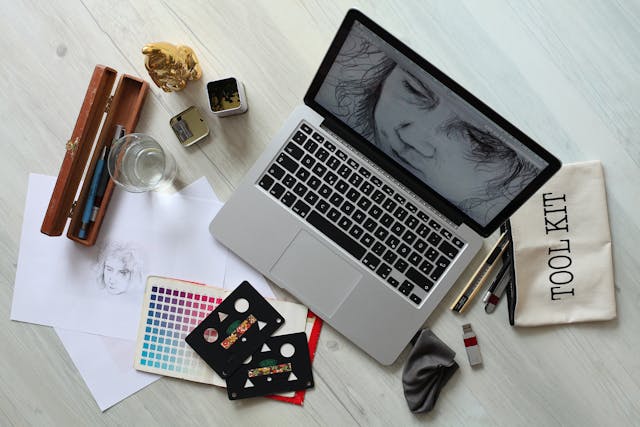
UX Design vs Graphic Design: 4 Key Differences
Now that you know what graphic design and UX design are, it’s time to explore their distinctions properly.
Below, we’ve assembled and analyzed the major differences between UX design and graphic design. If you’ve shown an interest in pursuing either field, take note of educational and skill-focused differences, in particular.
1. Goals
In the previous section, we touched on graphic artists who specialize in UX design. Needless to say, they have the same goals as UX designers – to make the user’s experience meaningful and enjoyable. But what about graphic artists who don’t work in the UX field?
A typical graphic designer’s goal is to create visually appealing products that convey a particular message or information. For this reason, graphic designers tend to focus more on establishing a brand’s identity.
Brand-focused design effortlessly unifies with the static visual elements that visual designers work on. Static visual elements like logos and color schemes help to create a consistent, familiar brand. This makes graphic design perfect for creating brands that users first encounter rather than the digital products they sell.
Contrastingly, UX design focuses solely on the user’s experience, ensuring that the products a brand sells meet the users’ expectations. UX designers, as you know, make every effort to empathize with their users to make functional, accessible, and enjoyable products. Above all, UX designers strive to create digital experiences that resolve their users’ pain points.
To summarize, where graphic designers work to develop a brand’s identity, UX designers focus on optimizing their target users’ experiences.
2. Skills
Aside from goals, both the graphic design and UX design fields require different skill sets from their employees.
Graphic designers have a specialized skill set that relates primarily to visual design. UX designers, however, take on a multidisciplinary role that spans design, user research, information architecture, and much more!
For the sake of complete transparency, here are the necessary skills of a graphic designer:
- The effective application of visual design principles.
- The ability to optimize visual elements like color, typography, texture, visual hierarchy, lines, shape, and space.
- The ability to creatively research and ideate design solutions that effectively convey a brand’s core values.
- An understanding of UX and UI design.
- The knowledge of how to design for print.
- The ability to utilize a range of design tools to complete projects.
- The ability to display creativity, problem-solving, time management, strategic thinking, and communication.
In comparison, here are the necessary skills of a UX designer:
- An understanding of user research, including user research methodologies and techniques.
- An understanding of the essential components of effective information architecture.
- The ability to apply UX design principles to every project.
- An ability to collaborate with UI designers, web developers, and UX writers.
- The knowledge to effectively utilize user research data to build wireframes and prototypes.
- An ability to create user personas.
- An ability to empathize, communicate, explain the reasoning behind designs, and present design solutions to stakeholders.
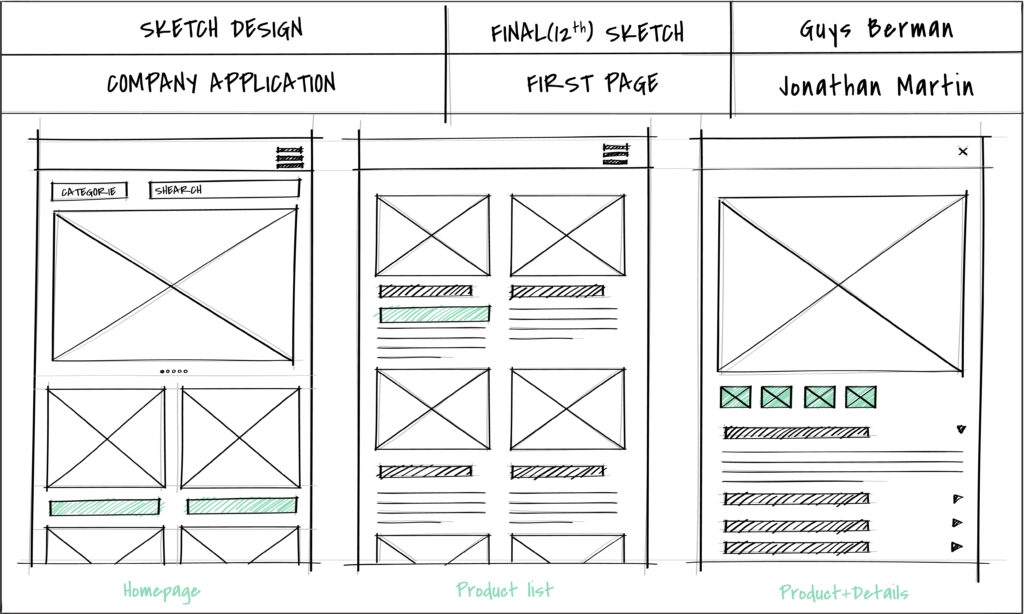
3. Roles and Responsibilities
The roles and responsibilities of UX designers and graphic designers also vary substantially.
To start, let’s take a look at some of the typical roles and responsibilities of graphic designers.
- They must study design briefs and familiarize themselves with the subsequent design requirements.
- They must create illustrations, designs, and layouts by hand or by using software.
- They must design for a range of media formats that adhere to a brand’s identity.
- They must generate mockups of finalized designs for their clients to assess, making any necessary refinements.
- They must communicate clearly with the client throughout the design process.
- They must advise clients on how to engage their target audiences.
Now, let’s apply the same scrutiny to the roles and responsibilities of UX designers.
- They must conduct research to understand the market, their brand, and their users.
- They must create user stories and personas, as well as determine a product’s information architecture.
- They must utilize user research data to create effective design solutions, wireframes, and prototypes.
- They must communicate specifications and guidelines with their team of fellow designers and developers.
- They must conduct usability tests to ensure their designs are functional and enjoyable.
- They must present their design solutions to stakeholders and make any necessary refinements.
4. Education
It’s not uncommon for graphic designers and UX designers to have different educational backgrounds, too.
Generally, graphic designers will have a bachelor’s degree in graphic design or a related field.
However, UX is a relatively new subject among educational institutions. Thus, a UX designer’s educational background may stem from computer science, human-computer interaction, design, or even psychology.

UX Designer vs Graphic Designer: A Salary Comparison
When pursuing a new career, it’s important to consider the financial aspect of the role. It is so important, in fact, that UX and graphic designers’ salaries deserve their section.
Below, we’ve analyzed the two roles’ distinct salaries via a ‘UX designer vs graphic designer lens.
On average, an entry-level graphic designer in the USA will earn $60,001 per year. Please note that this is only an average, and you could earn anywhere between $53,401 – $68,601 per year.
In the case of UX designers, on average, an entry-level UX designer in the USA will earn $99,267 per year. Once again, please take into account that it is just an average figure. In actuality, you could earn anywhere between $89,304 – $108,185 per year as a UX designer.
UX Designer vs Graphic Designer: Where To Find Your Dream Role
Hopefully, you now have a better idea of which role you’d like to pursue and turn into a promising career.
In the nature of helping users resolve their problems, we would like to point you in the right direction. To help you achieve your goals, we’ve provided a list of job boards for aspiring graphic designers and UX designers.
Here are the best job boards for UX designers:
- Uxcel
- Dribbble
- Indeed
- Remote Rocketship
In addition, here are the best job boards for graphic designers:
- Dribbble
- The Design Kids
- AIGA Design Jobs
- We Work Remotely
- Design Job Boards
UX Design vs Graphic Design: Which Role Suits You Best?
Hopefully, we’ve provided you with some much-needed clarification regarding the graphic design vs UX design debate.
The key takeaway is that graphic and UX design unite to create user-focused digital products that reflect a brand’s identity. So, if you were to pursue either career, it’s helpful to have a thorough understanding of both sectors.
To help you get started, we have the perfect inspiration for you! Meet Page Flows.
Page Flows is a reliable source of inspiration for vital user flows. Hosting nearly 5,000 tried and tested products, we have mastered everything from user onboarding to inviting!
Over 1,000 satisfied customers from revered brands like Google and Vimeo reap the benefits of our excellent design solutions. From music to Monzo, you’ll see how proficient designers cater to both their users’ and brand’s needs!
When it comes to excellent UX design vs graphic design, we say, ‘Why not both?’.
Get started today to peruse our ever-expanding hub of recorded user flows, screenshots, and emails!



